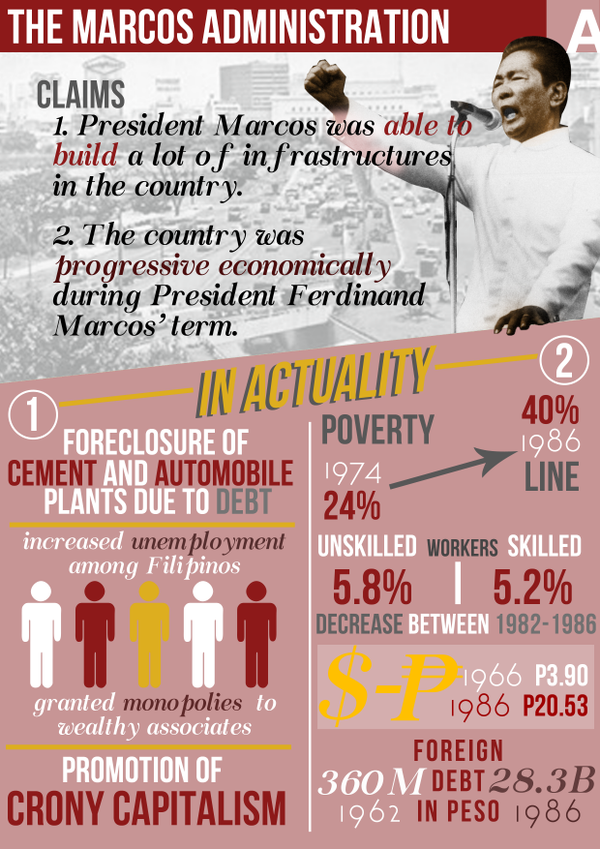The Worldwide Journey And Growth Of Martial Arts Throughout Background
The Worldwide Journey And Growth Of Martial Arts Throughout Background
Blog Article
Content Writer-Egeberg Vick
Martial arts have a fascinating background that extends centuries and continents. You may locate it appealing exactly how old techniques like Shuai Jiao and Kalaripayattu laid the groundwork for modern-day battle strategies. These disciplines not just stress physical skills but also mirror the cultures that birthed them. As you discover their advancement, think about exactly how globalization has actually changed these traditional kinds into hybrid styles. What why martial arts is important in criminology do you assume have formed today's martial arts landscape?
Ancient Martial arts: The Foundations of Combat
As you delve into the world of old martial arts, you'll find the rich structures that shaped battle techniques throughout cultures. Very early practices focused on Self-Defense and survival, frequently integrating strikes, hurting, and weaponry.
In ancient China, for example, methods like Shuai Jiao stressed tosses and joint locks, while India's Kalaripayattu showcased agility and liquid movement. Japanese samurai created Kenjutsu, a refined swordsmanship that highlighted technique and approach.
These martial arts offered not just for battle but additionally as a way of personal growth, instilling values like regard and willpower. The blending of these strategies over time prepared for the diverse martial arts you see today, each reflecting the unique approaches and requirements of its culture.
The Social Impact on Martial Arts Growth
While martial arts typically reflect the practical needs of a culture, they also symbolize the cultural worths and beliefs of their origins. When you discover different martial arts, you'll observe how they're influenced by religious beliefs, philosophy, and social norms.
As an example, the emphasis on respect and technique in Japanese martial arts originates from Zen Buddhism and samurai culture. On the other hand, Brazilian Jiu-Jitsu promotes versatility and technique, shaped by the demand for efficiency in a diverse, multicultural environment.
You may discover that the routines, attires, and training methods show a neighborhood's history and identification. By recognizing these social impacts, you grow your recognition of martial arts and their role fit human experiences across the globe.
Modern Adaptations and the Globalization of Martial arts
Martial arts have transformed substantially in current years, adjusting to modern culture and worldwide impacts. You'll notice that typical forms have blended with modern-day techniques, creating hybrid styles like mixed martial arts. https://www.paralympic.org/feature/sport-week-welcome-para-taekwondo satisfy varied target markets, making martial arts obtainable and appealing globally.
With the rise of social networks and electronic systems, you can find tutorials and competitions from all edges of the world, breaking geographical obstacles. This globalization has actually led to a shared recognition for numerous techniques, from Brazilian Jiu-Jitsu to Taekwondo.
As you engage with these arts, you'll realize they're not just about battle; they advertise health and fitness, discipline, and psychological well-being.
Ultimately, modern-day adaptations have enriched the martial arts landscape, making it a vibrant and evolving technique.
Final thought
In discovering the history and advancement of martial arts, you discover a fascinating blend of methods, cultures, and approaches. From old disciplines like Shuai Jiao and Kalaripayattu to the contemporary adaptability seen in mixed martial arts, martial arts show humankind's quest for Self-Defense and personal growth. As you involve with these practices, you not only acquire abilities but additionally a much deeper recognition for the varied traditions that form our globe today. So, continue your journey and embrace the art of battle!
